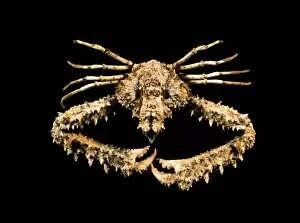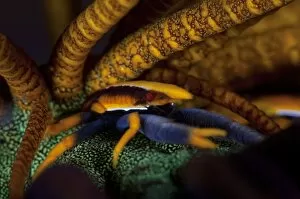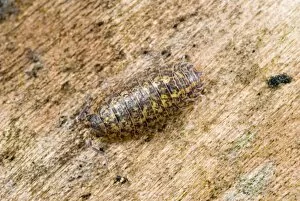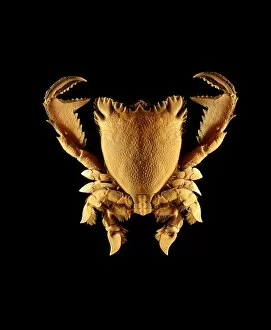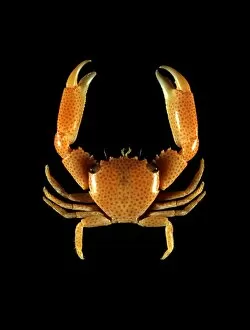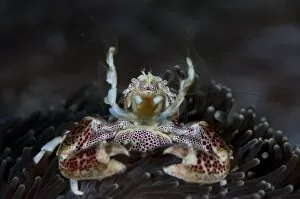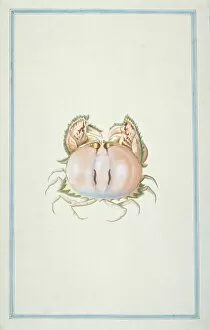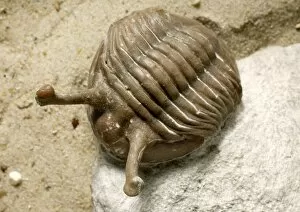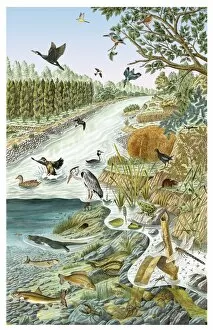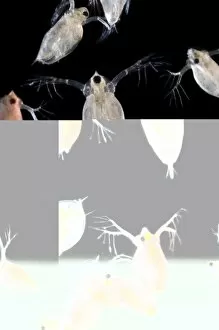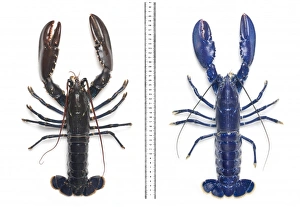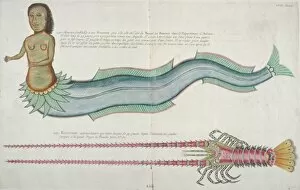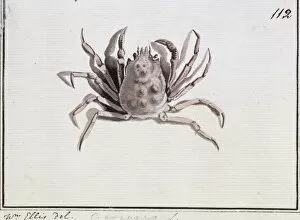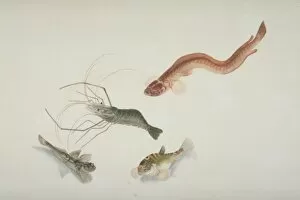Crustacea Collection (page 5)
"Exploring the Fascinating World of Crustacea: Pond Life, Lobster, Crab & Friends" Dive into the enchanting realm of crustaceans
All Professionally Made to Order for Quick Shipping
"Exploring the Fascinating World of Crustacea: Pond Life, Lobster, Crab & Friends" Dive into the enchanting realm of crustaceans, where a diverse array of creatures awaits. From the majestic Astacus astacus Linnaeus crayfish to the elegant Phragmites australis common reed, these fascinating beings inhabit various habitats and captivate our imagination. Transport yourself back in time as you encounter ancient marine life forms like Asaphus (Neoasaphus) kowalewskii, a mesmerizing stalk-eyed trilobite that roamed Earth's oceans eons ago. Marvel at the gracefulness of Sterna maxima, the royal tern soaring through coastal skies with effortless elegance. Witness nature's intricate web as copepods dance gracefully amidst planktonic stages of crab development in Trondheimsfjord, North Atlantic Ocean. Picture fishermen skillfully capturing oysters off Helgoland's shores in an evocative 1892 photograph or illustration digitally restored to its former glory. Immerse yourself in Studland Bay's sandy seabed where Corystes cassivelaunus, the masked crab scuttles about with stealthy precision. Delve into deep-sea mysteries and discover Glyptonotus antarcticus - an isopod thriving beneath icy Antarctic waters. Crustacea offers us glimpses into extraordinary ecosystems teeming with life and wonder. Whether observing their vibrant colors or marveling at their remarkable adaptations for survival, these captivating creatures remind us of nature's boundless creativity. Join UW INDO 2021 on an exploration that unveils hidden treasures within this vast underwater world. Let your curiosity guide you as we unravel secrets held by crustaceans – guardians of aquatic realms who continue to inspire awe and admiration even today.


